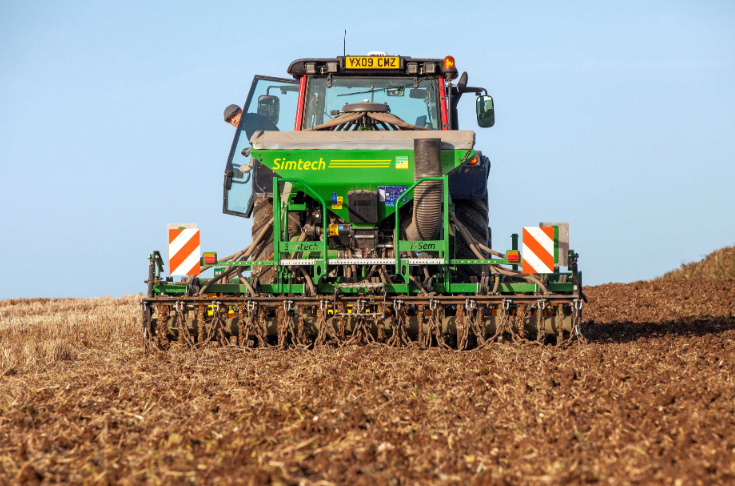
Spring Drilling
Posted by Tracey Baty on
Here at Hunmanby Grange Farm, the home of Wold Top, we are currently preparing for one of the most important parts of our farming year – spring drilling.
There are two types of crop plantings available to farmers: winter and spring. Winter barley and winter wheat varieties are sown shortly after harvest, late September through October, whilst spring barley and spring wheat are sown as the weather turns warmer and is more ‘springlike’. This can be anywhere from late February to late March/early April.
For spring planting, we look for soil temperatures to be around 6C and rising to enable good germination and establishment. Barley produces a set number of grains per ear and doesn’t have the ability to compensate for poor tilling/sowing later in the season like wheat does, so it’s crucial to do everything to maximise establishment and allow plants to produce as many ears as possible. If a return to cold, wet weather in the weeks following planting is forecast then holding off for a while longer is usually a good option.
The reasons we choose to plant our barley in spring are threefold:
- We’ve grown both winter and spring barley for malting and have found that yield differences are minimal so leaving our planting until spring creates less pressure after harvest.
- It allows us to use cover crops during the fallow period as a way to boost soil fertility after harvest and allows us flexibility in the need to adhere to the traditional theory of land rotation to replenish the soil.
- This introduction of cover crops has led us to become a ‘direct drill/no till’ farm over 100% of our acreage. After harvest, we drill cover crops into the fields which include nitrogen-fixing and carbon-absorbing plants such as phacelia, radishes and black oats. This crop is then killed off by frost in late winter and the spring barley is direct drilled over the top of it. This means no ploughing, discing or traditional drilling, which in turn means no soil disturbance and minimal release of carbon into the atmosphere.
